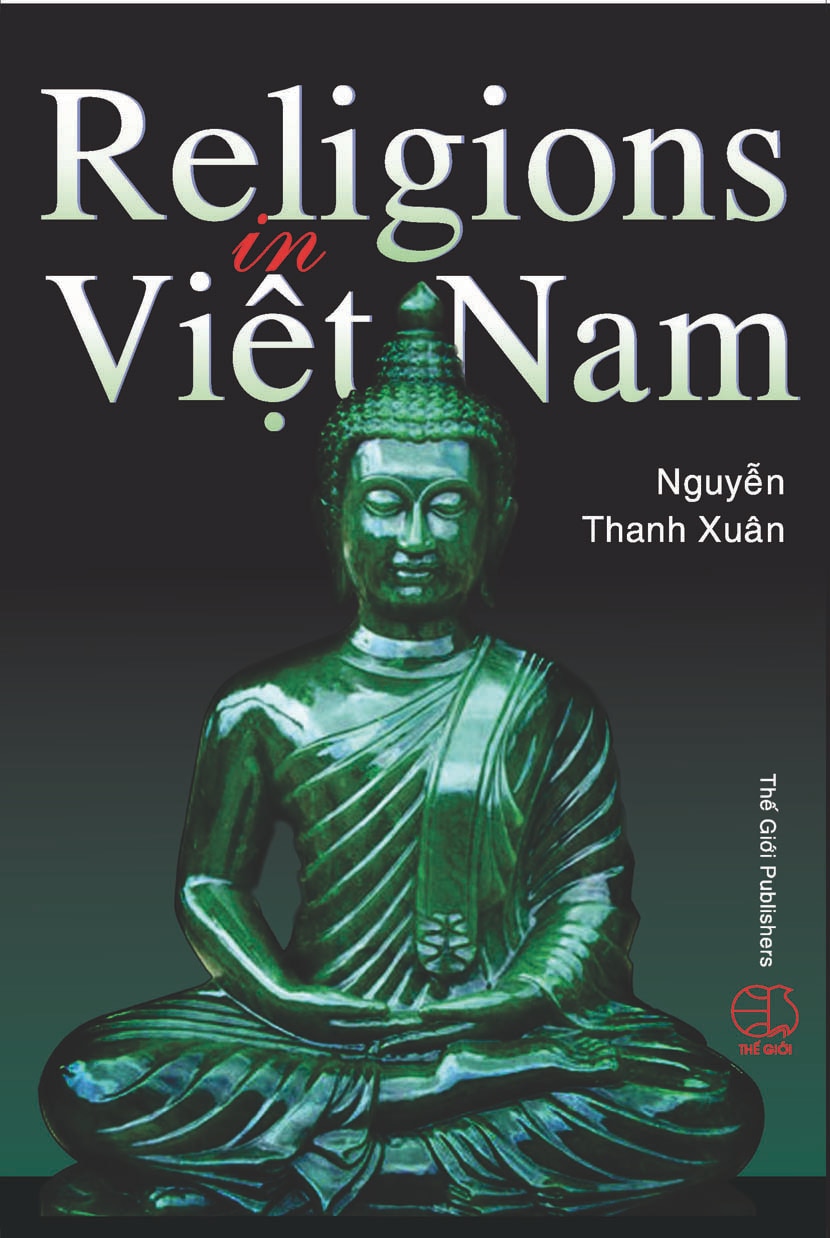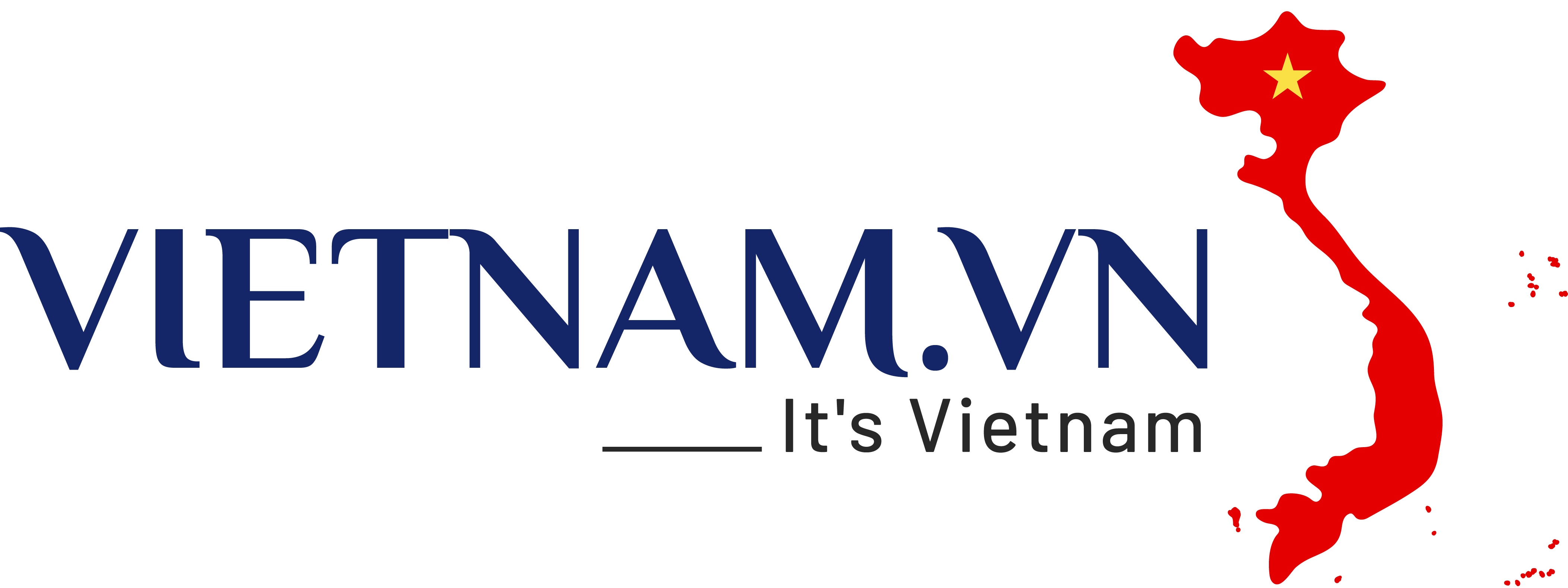Việt Nam is different from many other countries in the world not only for its unique characteristics in geography, population, history and culture but also for its diversity in religion.
According to the population and housing statistics in 2009, approximately 80 percent of its population have religious beliefs. Of this percentage roughly 20 million Vietnamese people are followers of an established faith, including nearly 10 million Buddhists, more than 6 million Catholics, more than 2.4 million Caodaism followers, nearly 1.3 million Hòa Hảo Buddhists, about 1.5 million Protestants and nearly 70 thousand Muslims. Additionally, approximately 1.5 million Vietnamese people are followers of new local religions which are either based on Buddhism or imported from other countries such as Tịnh Độ Cư Sỹ, Bửu Sơn Kỳ Hương, Tứ Ân Hiếu Nghĩa, Ngũ Chi Minh Đạo, Tổ Tiên Chính Giáo and Brahmanism. Aside from the offi cial religions, around 50 million Vietnamese people are followers of folk religions (also called primitive religions) such as ancestor worship, theism, deity worship and the cult of Holy Mothers. These religions combine aspects from Taoism, Confucianism and Buddhism.
Based on the above fi gures, it can be said with confi dence that Việt Nam contains a mixture of Eastern religions like Buddhism, Taoism and Confucian and religions of Western origin such as Catholicism and Protestantism. Some of these religions are imported, while others are of Vietnamese origin as evidenced through the existence of Caodaism and Hòa Hảo Buddhism.
Some are highly structured and categorized by religious doctrinal systems, laws, religious practices and organizations, while others are less structured and more rooted in tribal or primitive traditions. Some have developed and gone into stable practice, while others have not been stabilized and are still being formed, looking for new directions to fi t the new situation.
Due to the variety of religious beliefs, Việt Nam is often considered to be the world’s religious museum. This not only explains the richness and uniqueness of Vietnamese culture but also illustrates the open-mindedness of the Vietnamese. This variety of religions also refl ects the religious policy pursued by the Government of Việt Nam in the past and at present.
This book is entitled Religions in Việt Nam, and was written by Professor Nguyễn Thanh Xuân from the Việt Nam Government Committee for Religious Affairs and published by Thế Giới Publishers. It aims to give international readers a comprehensive overview of Việt Nam’s religions, culture and religious policy.
In this book, the author has chosen to focus on the major religions and several local religions in Việt Nam. The primitive religions of Kinh (or Việt) people and ethnic minorities are not addressed in this book. For imported religions, we shall provide a solid grounding into the establishment, development, doctrinal systems, laws, religious practices and organizations of each one before discussing its detailed development in Việt Nam. At the end of the book, there are appendices about the religious policy of the Government of Việt Nam which is shown through the Ordinance on Belief and Religion (2004) and Decree 22 that provides instructions on how to follow the Ordinance on Belief and Religion (2005).
We, Thế Giới Publishers, have the honor of introducing this book to readers.
Ngôn ngữ: tiếng Anh
Khổ sách: 14 x 20,5cm
Số trang: 376 trang


